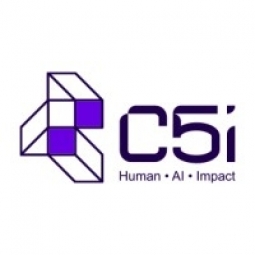Customer Company Size
Large Corporate
Region
- America
Country
- United States
Product
- Not mentioned
Implementation Scale
- Enterprise-wide Deployment
Impact Metrics
- Customer Satisfaction
- Revenue Growth
Technology Category
- Analytics & Modeling - Predictive Analytics
Applicable Industries
- Food & Beverage
Applicable Functions
- Sales & Marketing
Use Cases
- Predictive Replenishment
Services
- Data Science Services
About The Customer
The customer is a leading fast food restaurant chain operating in the United States. They are part of the consumer goods and services industry, specifically in the food and beverage sector. The client has been experiencing a decline in sales in certain metropolitan areas over a period of time. They are interested in understanding these markets more thoroughly and are looking to quantify the target opportunity through an attitudinal lens. They aim to profile customers by their fast food consumption behavior and develop specific offerings keeping past usage/behaviors in mind.
The Challenge
The client, a leading fast food restaurant chain, had been experiencing a decline in sales in few US metropolitan areas over a period of time and was interested in understanding these markets more thoroughly. They wanted to quantify the target opportunity through an attitudinal lens, and profile customers by their fast food consumption behavior. The attitude/ lifestyle-based segments also needed to cross over with client ready behavioral segments in order to develop specific offerings keeping past usage/behaviors in mind. They were also interested in targeting “value” segments more strategically so they were looking to build a predictive model to classify prospect customers into attitudinal segments.
The Solution
Blueocean Market Intelligence was asked to conduct a segmentation analysis and predictive model to enable a better understanding of customer attitude and usage, with respect to fast food. They ran the segmentation using several approaches such as agglomerative, divisive, pattern detection etc. and then the results were cross-compared. The common emerging segments were further investigated for validity and mathematical properties. The segments derived were used as target variables and a mathematical model was developed using discriminant analysis model to predict segment classification based on usage, behavioral and demographic variables.
Operational Impact
Quantitative Benefit

Case Study missing?
Start adding your own!
Register with your work email and create a new case study profile for your business.
Related Case Studies.

Case Study
The Kellogg Company
Kellogg keeps a close eye on its trade spend, analyzing large volumes of data and running complex simulations to predict which promotional activities will be the most effective. Kellogg needed to decrease the trade spend but its traditional relational database on premises could not keep up with the pace of demand.
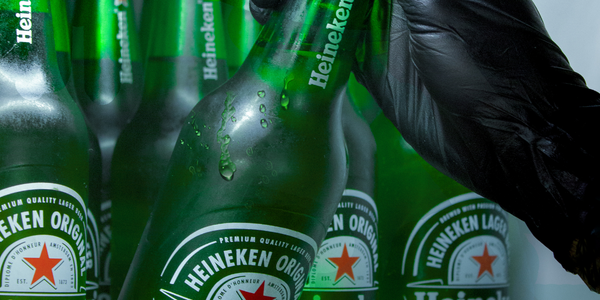
Case Study
HEINEKEN Uses the Cloud to Reach 10.5 Million Consumers
For 2012 campaign, the Bond promotion, it planned to launch the campaign at the same time everywhere on the planet. That created unprecedented challenges for HEINEKEN—nowhere more so than in its technology operation. The primary digital content for the campaign was a 100-megabyte movie that had to play flawlessly for millions of viewers worldwide. After all, Bond never fails. No one was going to tolerate a technology failure that might bruise his brand.Previously, HEINEKEN had supported digital media at its outsourced datacenter. But that datacenter lacked the computing resources HEINEKEN needed, and building them—especially to support peak traffic that would total millions of simultaneous hits—would have been both time-consuming and expensive. Nor would it have provided the geographic reach that HEINEKEN needed to minimize latency worldwide.
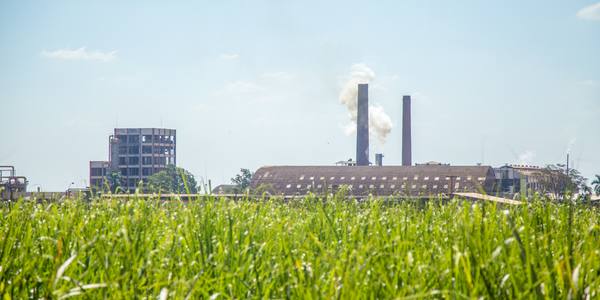
Case Study
Energy Management System at Sugar Industry
The company wanted to use the information from the system to claim under the renewable energy certificate scheme. The benefit to the company under the renewable energy certificates is Rs 75 million a year. To enable the above, an end-to-end solution for load monitoring, consumption monitoring, online data monitoring, automatic meter data acquisition which can be exported to SAP and other applications is required.
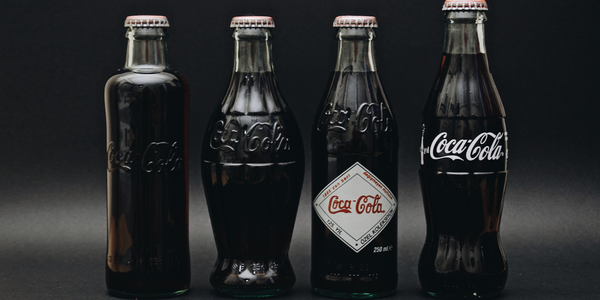
Case Study
Coca Cola Swaziland Conco Case Study
Coco Cola Swaziland, South Africa would like to find a solution that would enable the following results: - Reduce energy consumption by 20% in one year. - Formulate a series of strategic initiatives that would enlist the commitment of corporate management and create employee awareness while helping meet departmental targets and investing in tools that assist with energy management. - Formulate a series of tactical initiatives that would optimize energy usage on the shop floor. These would include charging forklifts and running cold rooms only during off-peak periods, running the dust extractors only during working hours and basing lights and air-conditioning on someone’s presence. - Increase visibility into the factory and other processes. - Enable limited, non-intrusive control functions for certain processes.
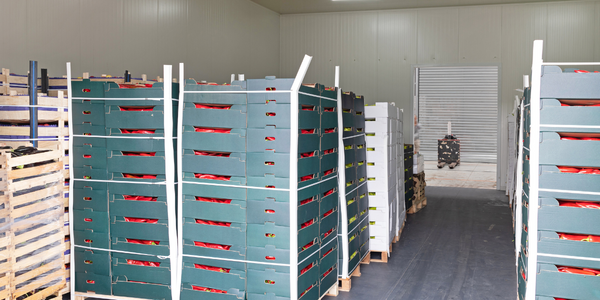
Case Study
Temperature Monitoring for Restaurant Food Storage
When it came to implementing a solution, Mr. Nesbitt had an idea of what functionality that he wanted. Although not mandated by Health Canada, Mr. Nesbitt wanted to ensure quality control issues met the highest possible standards as part of his commitment to top-of-class food services. This wish list included an easy-to use temperature-monitoring system that could provide a visible display of the temperatures of all of his refrigerators and freezers, including historical information so that he could review the performance of his equipment. It also had to provide alert notification (but email alerts and SMS text message alerts) to alert key staff in the event that a cooling system was exceeding pre-set warning limits.
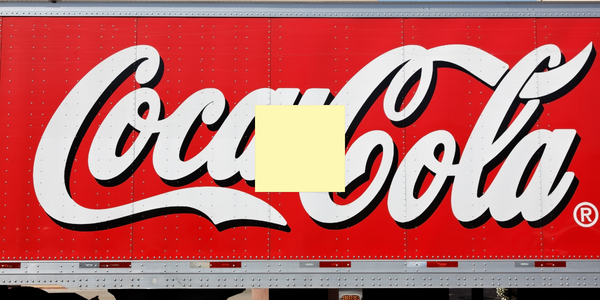
Case Study
Coca-Cola Refreshments, U.S.
Coca-Cola Refreshments owns and manages Coca-Cola branded refrigerators in retail establishments. Legacy systems were used to locate equipment information by logging onto multiple servers which took up to 8 hours to update information on 30-40 units. The company had no overall visibility into equipment status or maintenance history.




